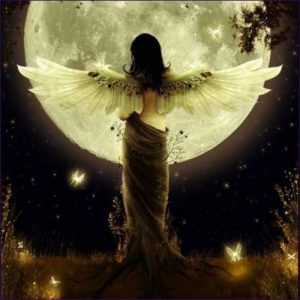By Elizabeth “Starlightowl” Hibel
According to the Emerald Tablets of Thoth, Thoth was the founder of the advanced spiritual and cultural practices in Kemet — the ancient name for what the Greeks later referred to as Egypt. Thoth did not arrive alone. He came alongside other Netjeru, or “guardians,” whom many now recognize as ancient Gods or divine beings.
The Origins of the Pharaohs and Divine Lineage
These divine beings, including Thoth and others, actively worked among the people of Kemet. The earliest Pharaohs were believed to be direct descendants of these Gods. This spiritual lineage shaped Kemet’s wisdom traditions, ritual practices, and divine hierarchy.
The Hathor Goddess of Love Symbol in Kemet
One of the most revered Netjeru was Hathor, often symbolized as the goddess of love, beauty, and fertility. The Hathor goddess of love symbol — often shown as a solar disk nestled between cow horns — represented divine nurturing and the life-giving force of the cosmos. She was associated with music, motherhood, and joy, serving as a powerful bridge between the divine and human realms.
Spiritual Legacy of Hathor and the Watchers
Hathor’s energy is still invoked today in rituals of healing, compassion, and love. As a goddess who walked among mortals, she reminds us that love is a sacred force. The Hathor goddess of love symbol continues to be a timeless emblem of divine feminine power, used in spiritual jewelry, altars, and meditation practices.





Reviews
There are no reviews yet.